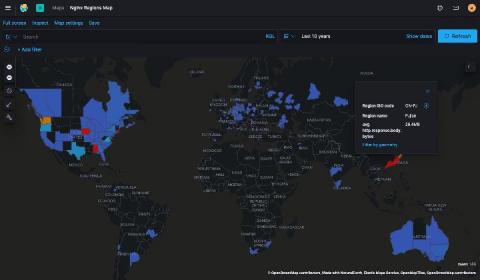Enriching data with GeoIPs from internal, private IP addresses
For public IPs, it is possible to create tables that will specify which city specific ranges of IPs belong to. However, a big portion of the internet is different. There are company private networks with IP addresses of the form 10.0.0.0/8, 172.16.0.0/12 or 192.168.0.0/16 scattered in every country in the world. These IP addresses tend to have no real information for the geographic locations.









